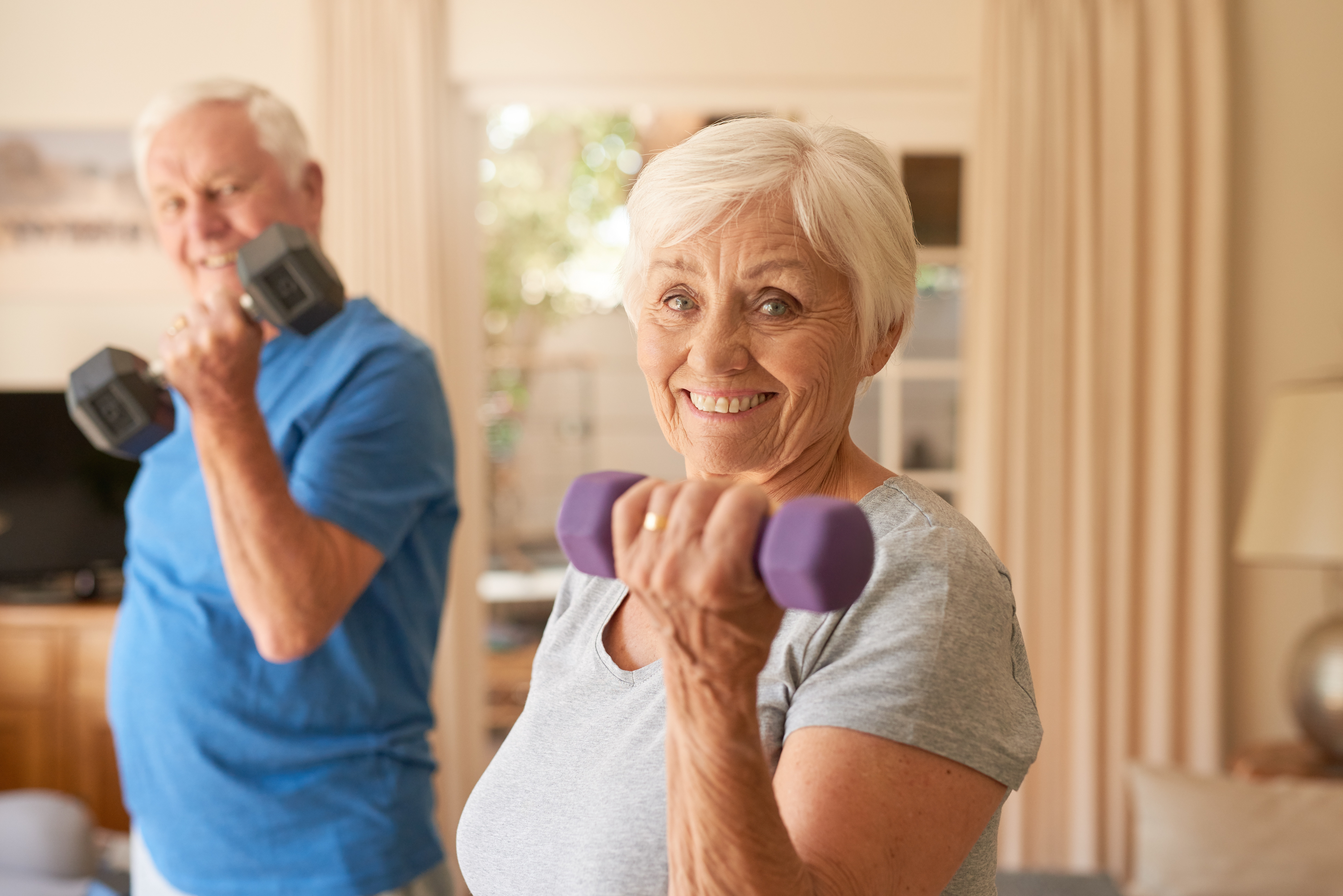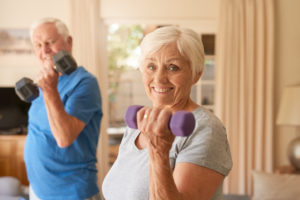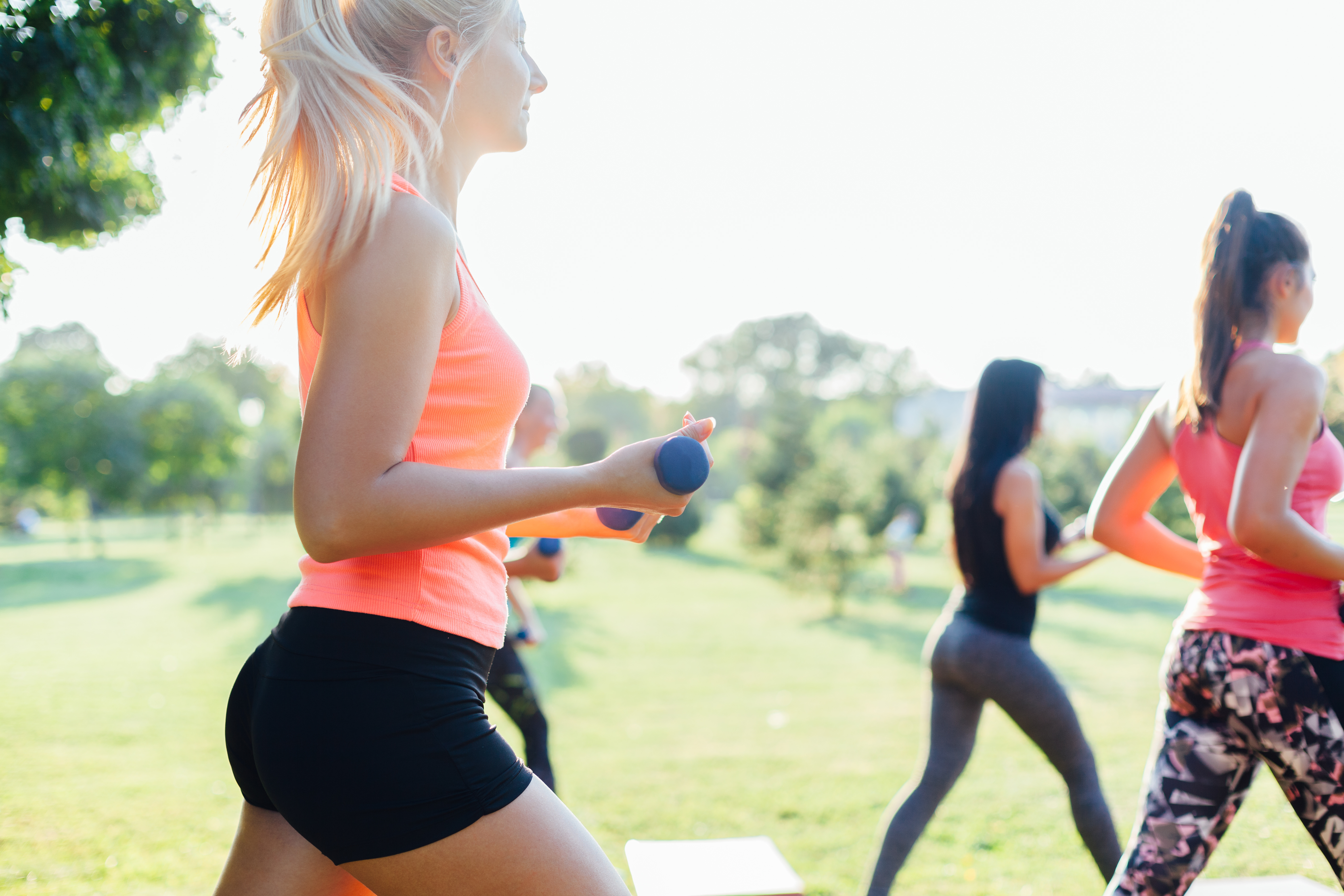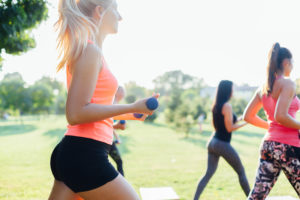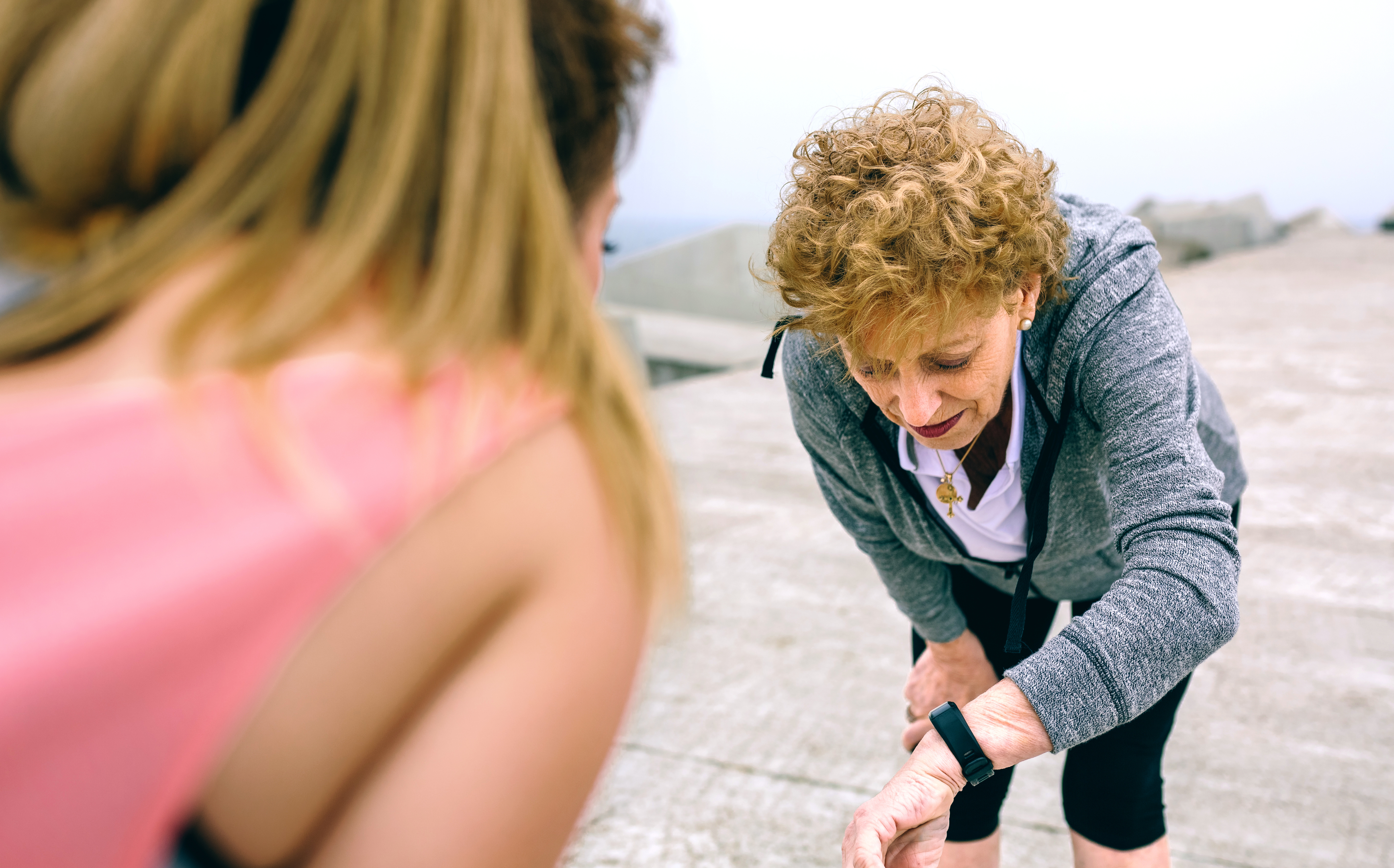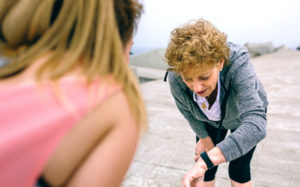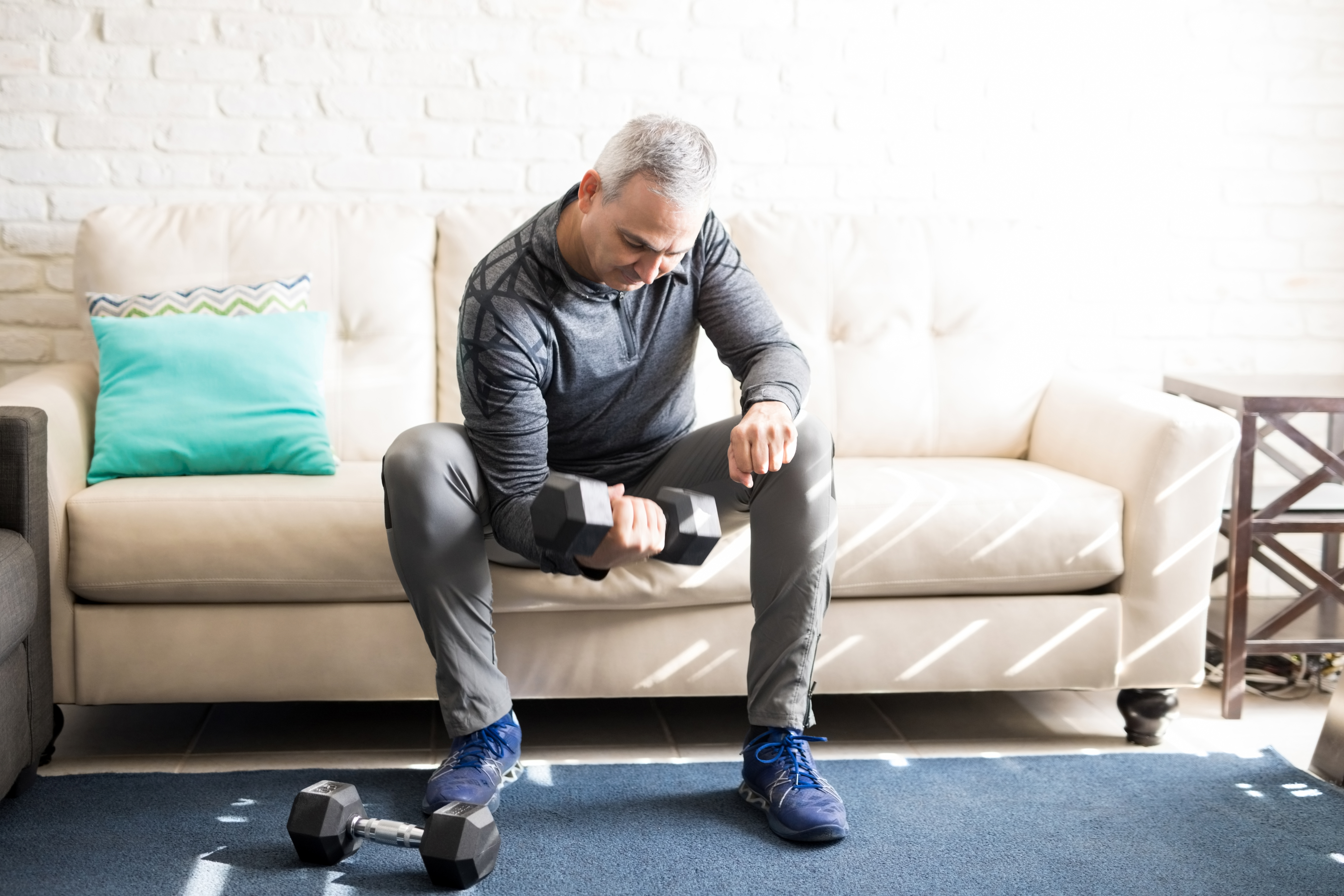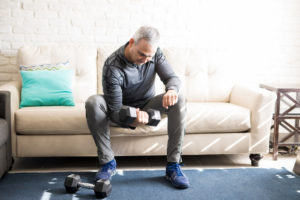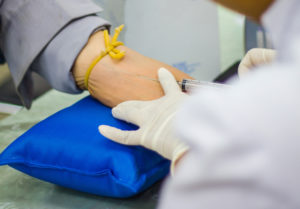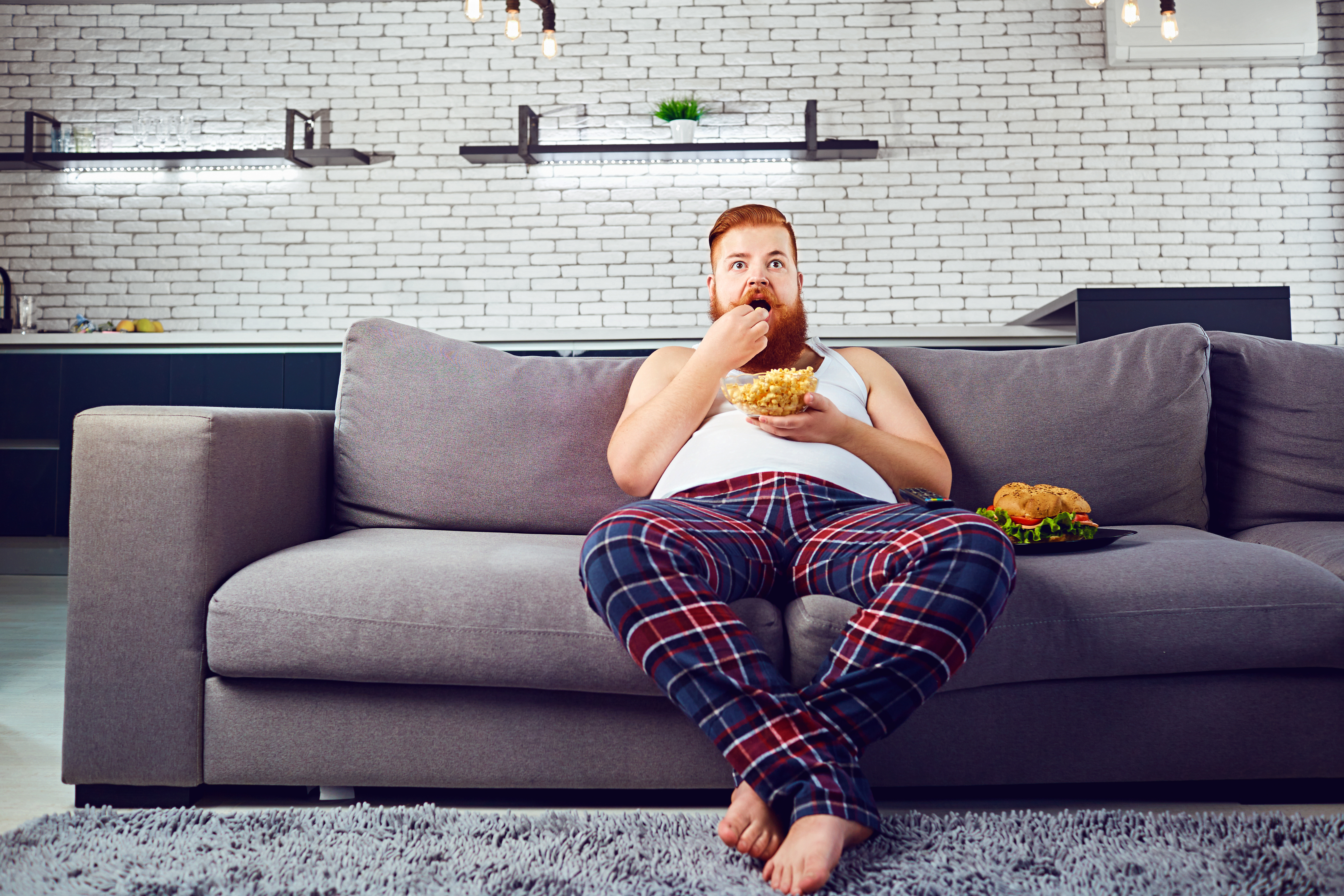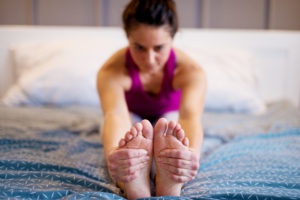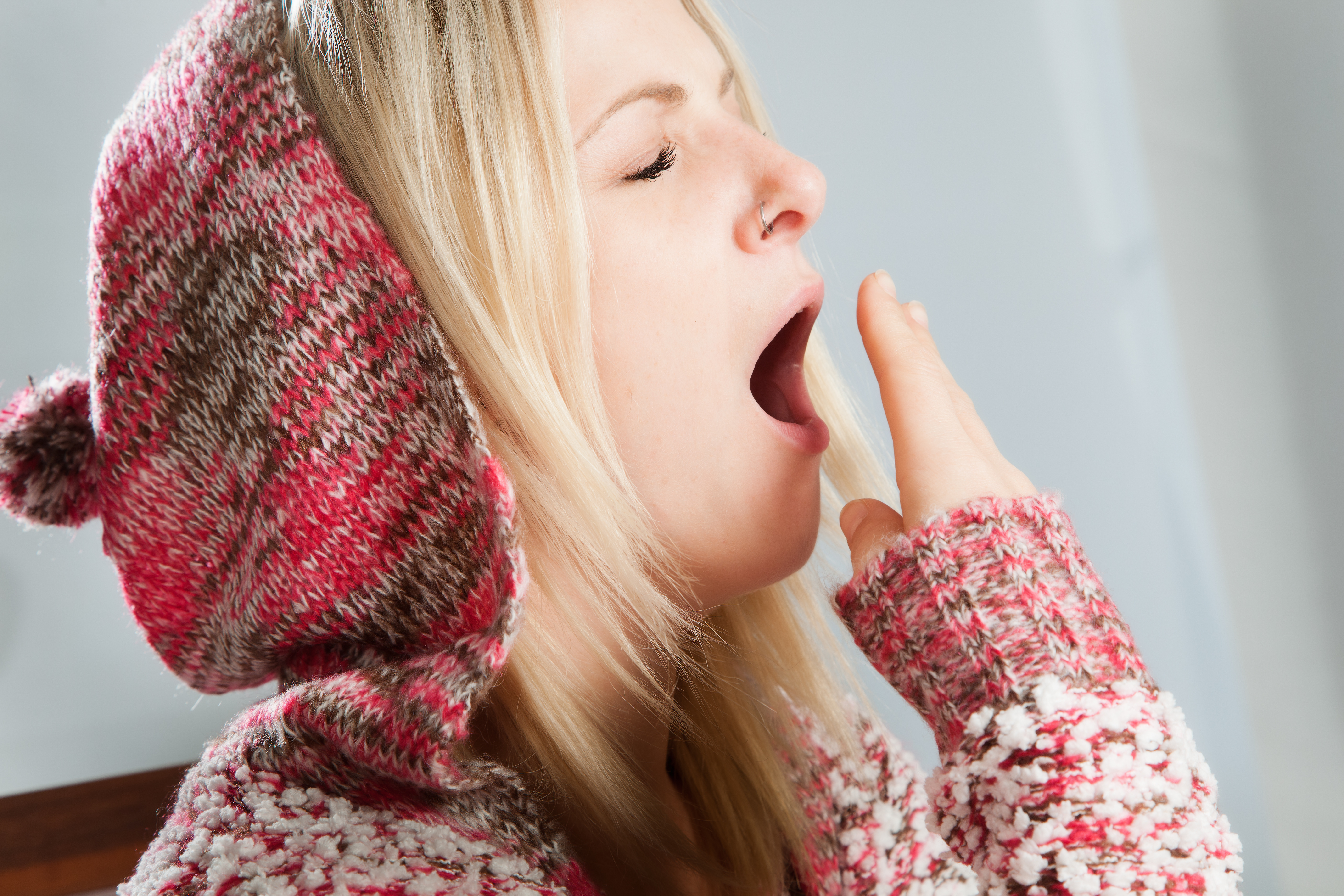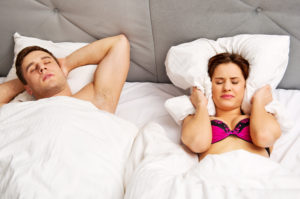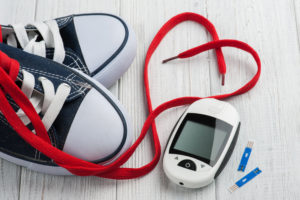
Beat Type 2 Diabetes with Exercise
Poor food choices and inactivity are the two main reason why type 2 diabetes and obesity is on the rise. If you are overweight you should be very concerned about developing diabetes. 90% of overweight individuals are prediabetic and if not managed, most will progress to type diabetes. Prediabetes is your body attempting tell you that you need to watch out or else. Most people ignore it. Which is sad because, with the right habits, prediabetes does not have to progress to type 2 diabetes. In fact, modifying your lifestyle to include more activity can reverse the condition and help you to beat it.
Low to moderate intensity aerobic and resistance training exercise is recommended for type 2 diabetics. Exercise is one of the most effective weapons you can use to beat type2 diabetes. If you are not utilizing this weapon then you are missing out on an simple solution that can save you from the turmoil you will encounter as the disease progresses. A regular exercise routine will give you tremendous benefits in terms of using blood sugar for energy, toning and strengthening, muscles, and lowering your cholesterol. You can also lower your blood pressure when you exercise. But it has to be a habit and not something you do for a special occasion like a vacation or reunion.
Making the decision to get active, perhaps after years of sedentary living, can feel like beginning to climb a mountain when you are already exhausted. This very understandable fear of total exhaustion is perhaps one of the reasons that many people suffering from type2 diabetes resist taking those vital first steps towards a meaningful exercise regime. You may be reassured to know that the kind of exercise recommended for diabetes sufferers is not the kind that leaves you gasping for breath. High intensity workouts are the craze right now but you don’t have do those type of exercises if you don’t want to. On the contrary, a program designed specifically for you will increase strength and endurance as the days turn to weeks, you will begin to feel much more energized and even start looking forward to your workout. All you have to do is start.
Some Ideas to Help You Get Active
Start slowly. Just add about fifteen to twenty minutes of extra movement into your day, and that means every day. It can be walking the dog, visiting a colleague on a different floor of your office block (use the stairs!), housework, weeding the garden, cutting the hedge, sweeping the patio, walking to the shops and back.
If you have nerve damage, known as peripheral nephropathy, extra activity will help control the pain. Findings from a study where participants with neuropathy took a brief walk on a treadmill four times each week, concluded that this amount of exercise significantly helped to reduce the impact of nerve damage.
If you have problems with balance here are some easy exercises to help with this prior to starting an exercise routine:
• Holding onto the back of a chair, raise yourself onto the balls of your feet and hold for a count of six seconds. Repeat this three times.
• Imagine you are walking on a tight rope and place one foot in front of the other with your arms stretched out to balance. If you can do this without wobbling, try to do it walking backwards too.
• Stand on one leg by slowly raising one foot off the ground. Hold this pose for thirty seconds and then change legs. The aim is to do this without holding on to anything but make sure the back of the chair is nearby in case you over-balance.
What Sort of Footwear?
If you have diabetes, you will know the dangers of risking cuts, scrapes or blisters on your feet. Any wound on you foot can be dangerous. Therefore it is very important that you take the time to find very comfortable, breathable, well-lined shoes for exercising. A good pair of lightweight walking shoes or sneakers, wide enough not to cause rubbing or pinching and which support your foot with be worth money.
What Sort of Exercise?
High impact training, which includes circuits, spinning and kettlebell training, are all activities that are not for those suffering from type2 diabetes. There is some evidence that high-intensity training may help to reduce blood sugar more quickly, but these claims don’t take into account the risks involved to people who may already have complications. This level of activity could result in undue strain on the heart and other organs of the body. It would also be dangerous to the condition of blood vessels which, for those with diabetes, are already vulnerable.
So, the sort of exercise you need to aim for is a low to moderate impact intensity routine. There are many things that will work for you and will leave you feeling exhausted. You do not need a gym membership. Since you are just starting your body weight will be enough to get your heart rate up and sweating. The chair, steps, couch and wall can also be used as workout tools. Once you are no longer challenged by the body weight exercise then you can add weights.
A easy no brainer exercise can include walking up and down the stairs and around the block. Just ten minutes walking on around the block and another ten on the steps , if you do them regularly at least three times each week, will soon start to give you back a great deal of strength and stamina. As your fitness levels increase, you can add other pieces of equipment to your routine, such as an exercise bike and some of the resistance training devices to work your upper body, spine and abdomen.
The most important thing is not to overdo it. A work out that pushes you a little bit out of your comfort zone is all you need. Pace yourself and listen to your body. In fact, the main thing is that you enjoy your exercise, because your new routine needs to become a regular part of your life. If you don’t enjoy it or if you find it unpleasant, then the chances are you find some excuse to skip it. Fortunately, there are plenty of ways to stay active, if you are serious about you health you will continue until you find an activity that you like and can stick to.
Some More Ideas
For anyone who may be overweight, getting started with an exercise routine can be an uncomfortable prospect. The best way to overcome this hurdle is to start with non-weight bearing exercise. This means you will be getting the movement in your joints and muscles, having a light cardiovascular workout but without adding your body weight to the equation. Here are some excellent forms of exercise which fall into this category:
• If you have access to a pool you should swim. Swimming is a superb way to get maximum movement to every part of your body without any of the stresses and strains that the equivalent exercise on dry land would entail. When you swim you use all the muscle groups and even give the internal organs a massage too. That feeling of suddenly becoming weightless and able to move about freely in the water is wonderful. Please don’t be concerned about appearing in your local swimming pool with a less than sylph-like figure. Put your health and fitness first and forget what anyone else might think; it couldn’t matter less. Once you are in the water you are just the same as everyone else and your weight will no longer hamper your movement or progress in any way.
• Water aerobics classes are fun and great for recovering lost muscles and gently increasing the heart rate. This form of exercise is a gentle way of building up stamina and flexibility with no risk to joints. It is particularly helpful to those whose feet may be affected by nerve pain because it provides exercise to improve the circulation without risk of shoes rubbing and causing blisters.
• Exercise bikes are a very useful way of building up stamina. Be sure to start slowly on a low setting for just five to ten minutes. Many gyms now have bikes with a built-in TV screen, so as well as monitoring your progress you can watch your favourite programmes. Build up the time you are cycling until you are doing about thirty minutes on a random setting.
• Rowing machines are excellent for strengthening the arms, shoulders and thighs. Rowing will also help get your blood pumping.
• Resistance exercises – there are various types of weighted equipment for this sort of toning. You can decide which areas you need to work on and add the appropriate machine to your routine. .
Although these exercises are non-weight bearing, they are still burning calories, so helping you lose excess weight as well as doing an incredible amount of good in terms of general strength, stamina and fitness.
Weight-Bearing Exercise:
Weight-bearing exercise will strengthen your bones, and that is great for overall fitness. Such activities as walking, climbing stairs, lifting weights, using cross trainers and treadmills, dancing and badminton. Anything that causes you to take the weight of your body on your feet is a weight-bearing exercise. Here are a few ideas:
• Cross trainer – gives a good workout and because of its sprung motion, it puts less strain on hips, knees and ankles than ordinary walking. Do not attempt to jog or run on the cross trainer. Be content to walk and as your fitness levels increase you can adjust the setting so that you are walking up a slight incline.
• Treadmill – fine for steady, consistent walking. Just set your pace and build-up from a ten minute, slow start until you’re walking more briskly for a little longer.
• Out-and-about walking – you don’t need anything other than good footwear. Walking out of doors can be simply walking around town or a shopping centre where you can window-shop as you go; it doesn’t have to be a country hike or three laps of the park.
• Dancing – an enjoyable way to get exercise. There are many different kinds of organizeddancing classes, but you can also just dance to your favourite music in the privacy of your home.
• Pilates – a method of working the muscles of the body at a deep level. It is amazingly effective in increasing core body strength without the strain of aerobic exercise.
• Yoga – a wonderful way of not only learning how to breath properly and stretch the body to attain maximum flexibility and balance. It also teaches you to find the calm in your life that everyone should have as their right. Yoga will help you so much on your journey back to good health.
How Much Exercise is Enough?
The American Diabetic Association recommends 30mins of low to moderate intense cardio activity 5 times per week. Any exercise is better than no exercise, so even if you only had twenty minutes to half an hour each day, it will certainly help. A steady walk around the block or through the park or shopping mall is not going to leave you gasping for breath, but it will certainly be an improvement and will set you on the right track for adding more exercise as your fitness levels begin to increase.
You should start with low impact workout and as the activity becomes less challenging then you can increase the intensity.which lasts for about one hour three times each week. If you do your workout on Monday, Wednesday and Friday, it will be sufficient to make a major difference to your health. Perhaps you may even feel inclined to add a swim after you have finished your exercise routine, or even take a yoga or pilates class once a week. Whatever you decide to do, make sure you enjoy it so that it becomes a natural part of your life.
To Summarise the Advantages
Just to put the main plus points of an exercise routine for you in a concise form so that you can see at a glance exactly why you are planning to make exercise a valuable part of your life and your relief from diabetes:
• Your body will respond more effectively to insulin, ensuring lower blood glucose levels.
• Exercise will help burn calories and help you to lose excess weight.
• The risk of high blood pressure, high cholesterol, stroke and heart attack are all greatly reduced by a regular exercise routine.
• Stress is eased by exercise.
• Physical activity makes you more able to get a good night’s sleep.
So in summing up, there is one very important fact you should know, exercise, along with a healthy, low sugar diet, high in vegetables, will put you on the road to improving the stability of your blood glucose levels to the stage where you may no longer need to be on diabetes medication.


